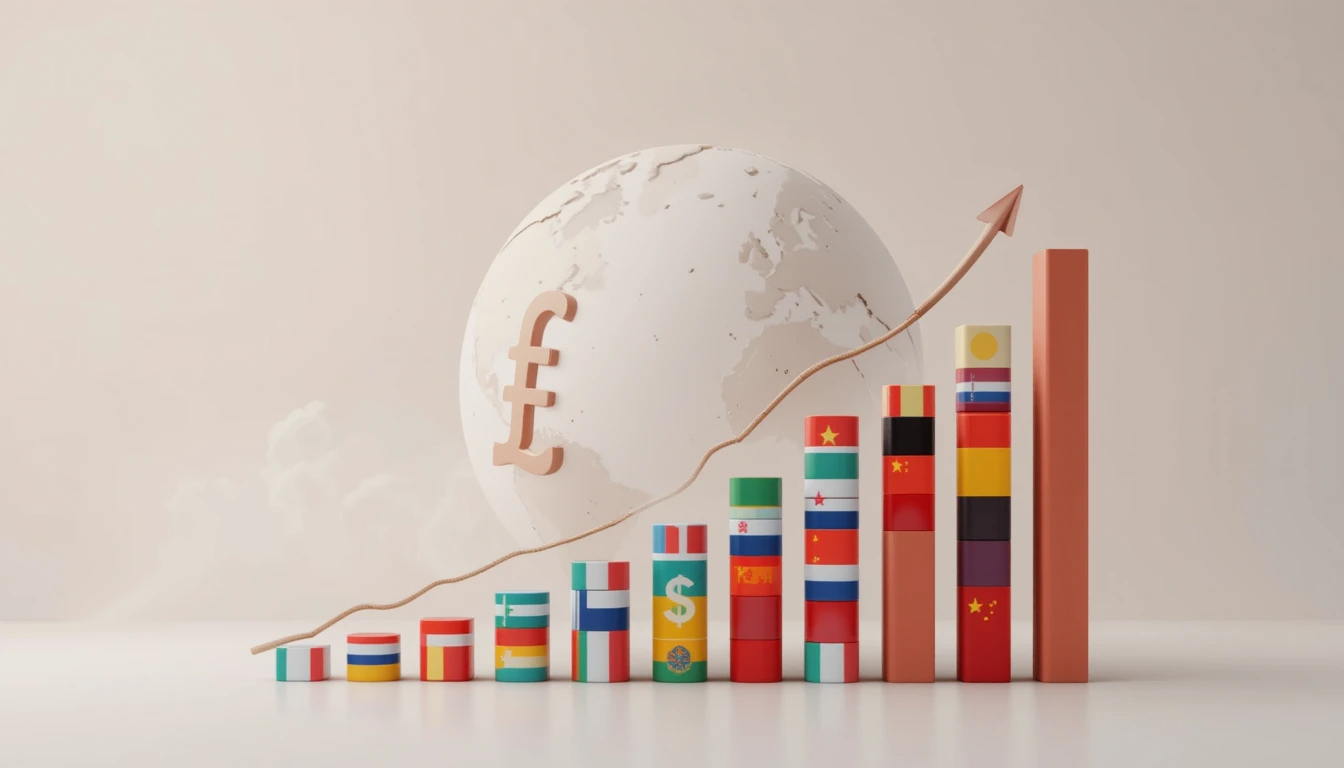We’re halfway through 2025 — and if you’ve been following the economy, one question keeps coming up: Are we finally past the chaos? 🌍
The numbers look promising, and the headlines sound calmer. But under the surface, a lot is shifting. From rising new markets to the global push for AI and clean energy, this isn’t a return to the old normal — it’s the start of something different.
As 2025 moves into its second half, many are asking the same question: “Is the world economy finally back on stable ground?”
After a rollercoaster decade filled with pandemics, supply chain breakdowns, inflation spikes, and geopolitical tensions, this year feels… calmer. But what’s really going on?
🔄 A Shift in Global Growth Patterns
Instead of relying solely on traditional powerhouses like the U.S., China, and the EU, smaller economies are rising. Countries in Southeast Asia, Africa, and South America are seeing record investment, especially in tech and infrastructure.
⚡ AI and Green Tech: A Double Engine
Two major forces are driving much of this global momentum:
- AI adoption, which is transforming how companies operate, and
- Green energy, with wind, solar, and EV infrastructure now leading investment pipelines.
Combined, they’re reshaping what global economic power looks like.
🏦 Interest Rates Are Holding — For Now
Major central banks are maintaining moderate interest rates as inflation cools in most regions. This makes borrowing easier for businesses but keeps pressure on governments to control public spending.
🌍 What People Are Feeling on the Ground
While global GDP is projected to grow by 3.1% this year, the everyday experience varies. Some countries are enjoying lower prices and stronger currencies. Others are still struggling with debt, unemployment, or weak exports.
🤔 What’s Next?
Experts say the next 12 months will be crucial.
If climate risks, AI regulation, and trade diplomacy are managed wisely, 2026 could mark a true turning point. But there’s still plenty of uncertainty — and opportunity.
